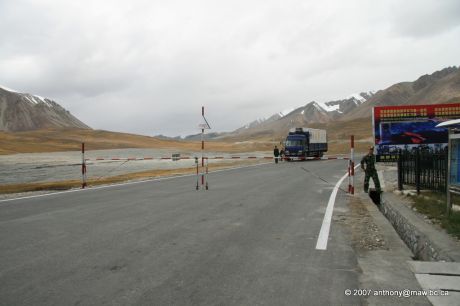An EU study aimed to reverse the prejudice shown to peoples living around China's borders. Generally seen as undeveloped, the team gave an opposite viewpoint, highlighting historic trade plus modern cross-border relations and economic development.
China shares land borders with fourteen neighbouring countries; in
public perception in China as well as in the West, the communities
living along these borders have long been regarded as tribal, backward
or unruly.
The EU-funded
NEIGHBOURING (Neighbouring China. Ancient crossroads, new connections, and the dynamics of Asian regionalism) project aimed to critically reflect on such perceptions and contrast them with the everyday processes of neighbouring across Chinas borders, which are rooted in long-standing historical interconnections, their ruptures and continuities. The venture's objective was to show, using ethnographic methods, the complex entanglements characterising the livelihoods of border communities against the background of China’s opening-up and the revival of cross-border exchange.
Results show that this exchange is channelled along particular mountainous routes, which the research team has conceptualised as “pathways”. Another concept emerging from the work is the “second life of development”, describing the largely unintended side-effects of development projects in the region. The application of these conceptual tools revealed realities of borderland life that hitherto remained unaccounted for. The NEIGHBOURING project helped undo certain long-standing preconceptions about remote communities along China’s frontiers and also yielded new insights about contemporary cosmopolitan life in the region.
Work involved two three-month phases of fieldwork – conducted in China, Kyrgyzstan and Tajikistan – which assessed cross-border relations and transformations during the recent decade. A further stage compared the field data against previous research in Nepal. Researchers presented the outcomes as talks, research articles, and an edited volume (forthcoming).

